Michelangelo di Lodovico Buonarroti Simoni
1475-1564 Italy/High Renaissance
Click an Image to Enlarge
The Last
Judgment

Detail
1

Detail
2

Detail
3

Fall and
Expulsion

Sistine
Chapel

Leda and
the Swan

The Creation
of Adam

Conversion
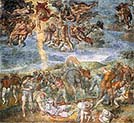
The Holy
Family

The
Deluge

Creation
of Eve
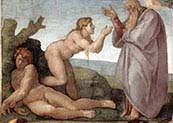
Martyrdom of
Saint Peter
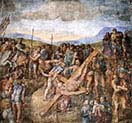
Creation of the Sun-
Moon and Plants

The
Entombment

Drunkenness
of Noah

The Cumaean
Sibyl

The Delphic
Sibyl

The Erythraean
Sibyl

The Libyan
Sybil

The Persian
Sibyl

Virgin
and Child

Ancestors of Christ-
figures-one

Ancestors of Christ-
figures-two

Ancestors of Christ-
figures-three
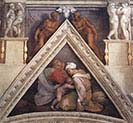
Ancestors of Christ-
figures-four

Ancestors of Christ-
figures-five

Ancestors of Christ-
figures-six

figures
-seven

Prophet
Daniel
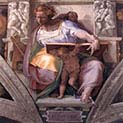
Prophet
Ezekiel

Prophet
Isaiah

Prophet
Jeremiah

Prophet
Joel
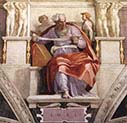
Prophet
Jonah

Prophet
Zechariah

Ignudo-
a

Ignudo-
b

Ignudo-
c

Ignudo-
d

Ignudo-
e

Ignudo-
f

Ignudo-
g

Ignudo-
h

Judith and
Holofernes

Punishment of
Haman
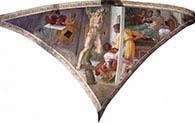
The Brazen
Serpent
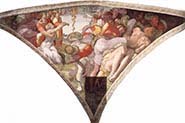
Zerubbabel
-Abiud-Eliakim
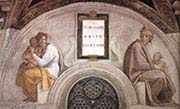
Rehoboam-
Abijah
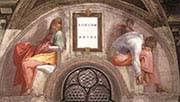
Uzziah-Jotham-
Ahaz
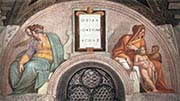
Nahshon

Josiah-
Jechoniah-

Jesse-David-
Solomon
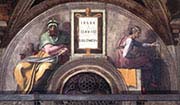
Jacob-
Joseph

Hezekiah-
Manasseh-

Eleazar-
Matthan

Azor-
Zadok
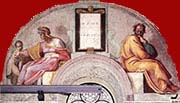
Asa-Jehoshaphat-
Joram

Amminadab

Achim-
Eliud

Salom
Boaz Obet
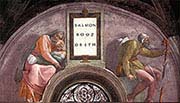
david

madonna of
the stairs

moses

saint petronius

saint proculus

the pieta
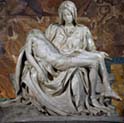
tomb of saint
dominic
